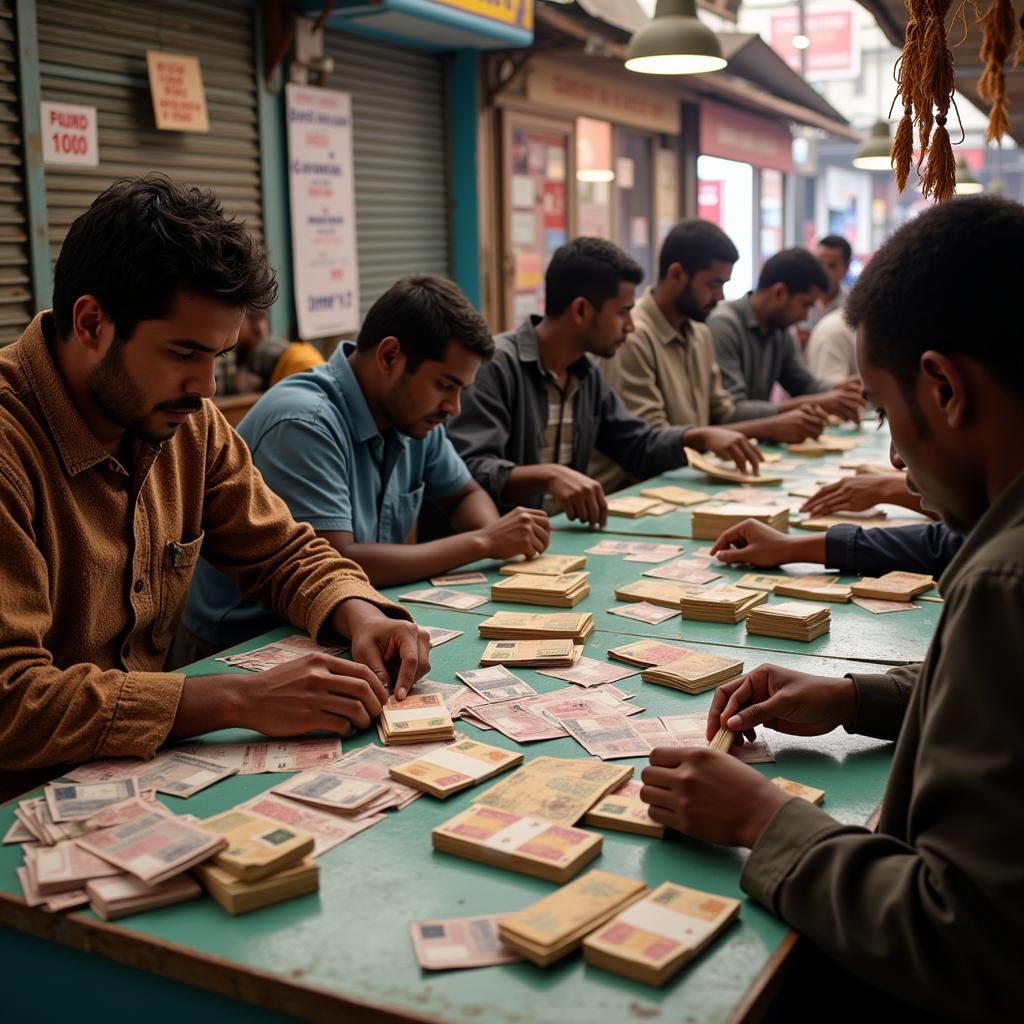Discover the Vibrant World of African Kida: A Traditional Musical Instrument
African Kida is a fascinating musical instrument with a rich history and cultural significance. This article will delve into the world of kida, exploring its origins, variations, playing techniques, and its role in African traditions.
The kida is a type of lamellaphone, a musical instrument that consists of a set of tuned metal or wooden strips attached to a resonator. It’s a popular instrument across various African cultures, each with its own unique variations and playing styles.
What is a Kida?
The kida is a type of musical instrument that belongs to the lamellaphone family. It is traditionally made from a wooden board with a set of metal or wooden strips attached to one side. When these strips are plucked, they vibrate and produce a resonating sound.
Variations of the Kida
The kida has various names and forms depending on the region and culture. Some common variations include:
- Mbira: This is one of the most well-known types of kida and is found in Zimbabwe. It is made from a wooden board with a set of metal strips attached to it.
- Sansi: This type of kida is common in South Africa and is known for its distinctive sound and intricate playing style.
- Krar: This is a kida variation from Ethiopia, usually made from a wooden board with strings attached to it, similar to a lyre.
- Mbila: This is another variation of kida found in Cameroon, known for its use in traditional ceremonies and rituals.
The Origins and History of the Kida
The origins of the kida are shrouded in mystery, but it is believed to have been played in Africa for centuries. Archeological evidence suggests that instruments similar to the kida existed in Africa as early as the Stone Age. The kida has evolved over time, with various cultures developing their own unique styles and techniques.
The Cultural Significance of the Kida
The kida plays a significant role in African culture, beyond its musical function. It is often used in ceremonies, rituals, and social gatherings, representing a connection to the ancestors and the spiritual world.
Here are some examples of the kida’s cultural significance:
- Ceremonies: The kida is often used in traditional ceremonies like weddings, funerals, and initiations.
- Rituals: Some cultures believe that the kida has spiritual powers and use it to communicate with the ancestors.
- Social Gatherings: The kida is used for entertainment and social gatherings, fostering a sense of community and shared culture.
How to Play the Kida
Playing the kida requires patience and practice. The techniques vary depending on the type of kida, but there are some common elements:
- Plucking: The strips are typically plucked with the thumbs and fingers, creating a variety of sounds and rhythms.
- Resonance: The resonator, often a gourd or a wooden box, amplifies the sound of the kida.
- Tuning: The strips of the kida are tuned to specific pitches, allowing for the creation of melodies and harmonies.
The Sound of the Kida
The kida produces a unique and captivating sound that is often described as melodic, hypnotic, and spiritual. The resonance of the kida creates a rich and textured sound that can be both soothing and energizing.
The Kida in Modern Music
The kida has been incorporated into modern music, with musicians using its unique sound and rhythms in various genres. Here are some examples of how the kida is used in modern music:
- World Music: Many world music artists incorporate the kida into their music, showcasing its unique sound and cultural significance.
- Jazz: Some jazz musicians have experimented with the kida, integrating its melodic and rhythmic elements into their compositions.
- Contemporary Music: The kida has found its way into contemporary music, with artists using its unique sound to create experimental and innovative soundscapes.
The Importance of Preserving African Musical Traditions
The kida is an essential part of African cultural heritage, and it’s vital to preserve its legacy for future generations. The growing popularity of the kida in modern music is a testament to its enduring appeal.
Conclusion
The kida is a captivating and culturally significant musical instrument with a rich history and a vibrant future. Its unique sound, rhythmic patterns, and cultural significance continue to inspire musicians and audiences worldwide. By appreciating and preserving African musical traditions, we can celebrate the diversity and beauty of African culture.
FAQ
1. What is the difference between a kida and an mbira?
The terms “kida” and “mbira” are often used interchangeably, but there are slight differences. While “kida” is a more general term for lamellaphones, “mbira” is a specific type of kida found in Zimbabwe.
2. What is the best way to learn how to play the kida?
Learning to play the kida can be a rewarding experience. You can find online resources, attend workshops, or seek instruction from experienced kida players.
3. What are some famous kida musicians?
There are many talented kida musicians worldwide. Some notable names include:
- Zaire Kwela: Known for his unique kida playing style and his contributions to the world music scene.
- Tuku: A legendary Zimbabwean musician who has used the mbira extensively in his music.
- Amadou & Mariam: A Malian duo who have popularized the use of the kora, another string instrument from West Africa, in their music.
4. How can I get a kida?
You can purchase a kida online or from specialty music stores. However, it’s essential to choose a reputable seller who provides high-quality instruments.
5. What are some tips for playing the kida?
Here are a few tips for playing the kida:
- Practice regularly: Consistent practice is crucial for improving your kida playing skills.
- Listen to recordings: Listen to recordings of experienced kida players to learn from their techniques.
- Find a teacher: Consider taking lessons from an experienced kida player to learn proper techniques.
- Enjoy the process: Remember to have fun and enjoy the journey of learning to play this fascinating instrument!
Looking for more information on African musical instruments?
If you’re interested in learning more about African music, here are some additional resources:
- Visit the African Music Museum: This museum is dedicated to showcasing the diverse musical heritage of Africa.
- Read books and articles: There are many excellent books and articles on African music.
- Attend concerts and festivals: Many concerts and festivals feature African musicians and their traditional instruments.
The world of African music is vast and exciting, and the kida is just one example of the rich musical heritage of this continent. By exploring this fascinating instrument and its cultural significance, we can gain a deeper understanding of the beauty and diversity of African culture.


